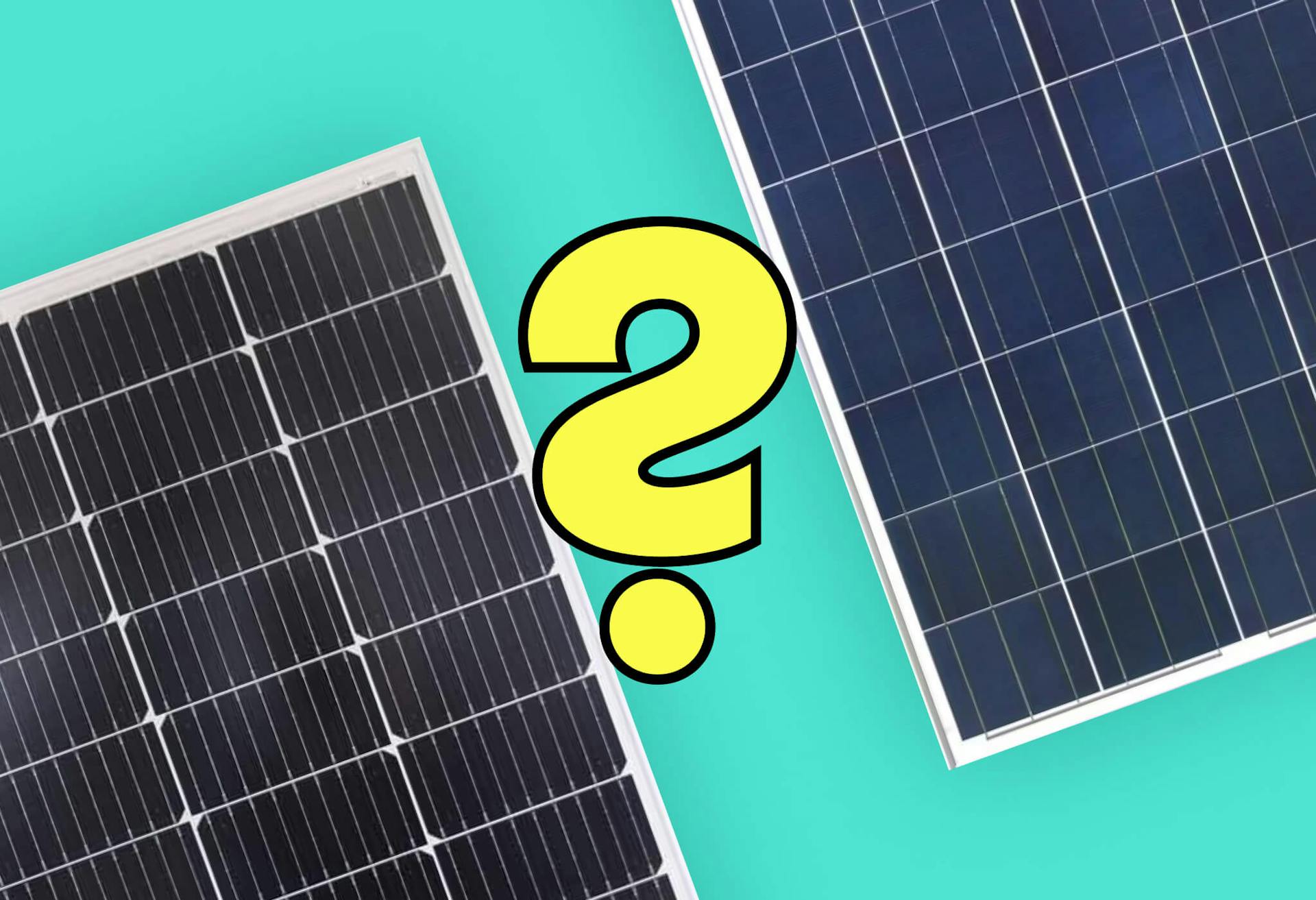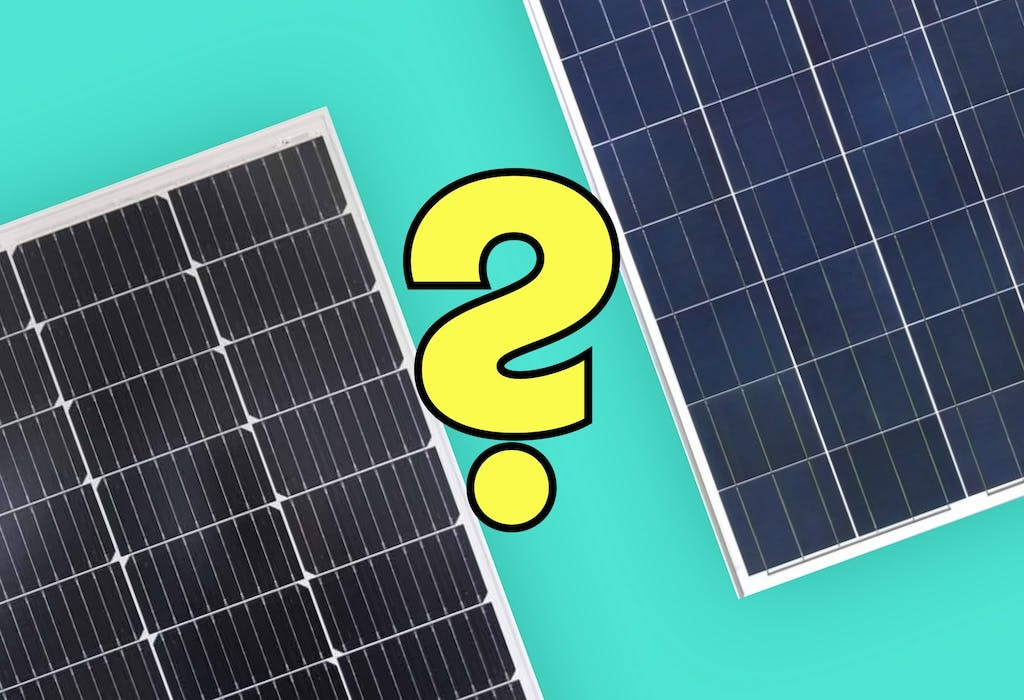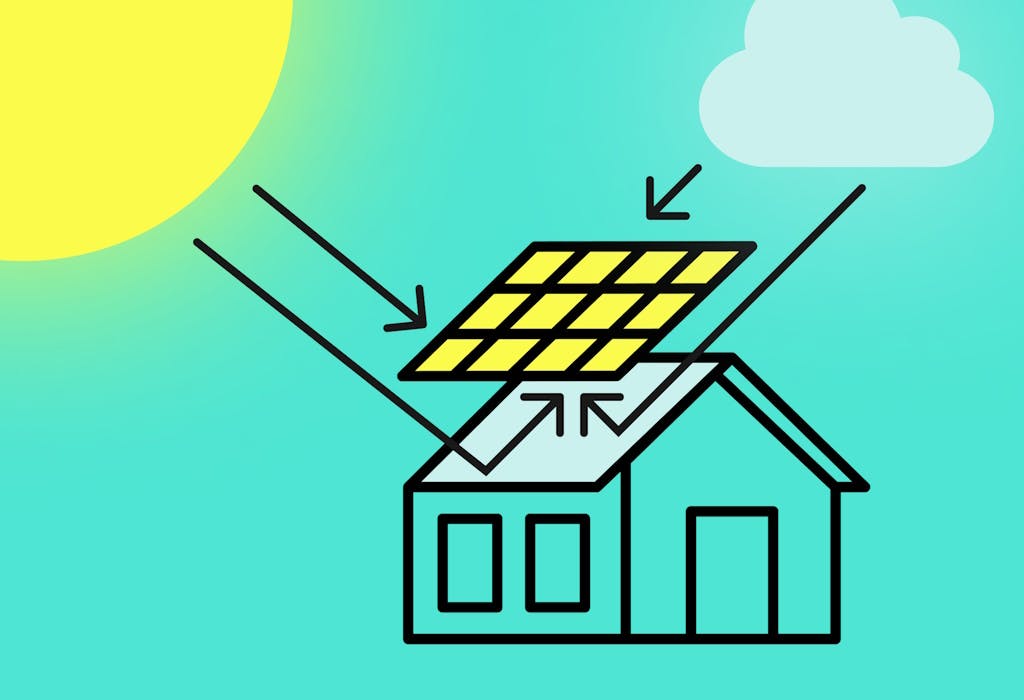- Solar advice hub
- Solar-technology
- Solar roof tiles: are they worth it?
Solar roof tiles: are they worth it?
Solar roof tiles are an exciting new technology, but are they worth the significant expense? We weigh up the pros and cons.


Why you can trust our content
We know that the solar industry is full of misinformation, but we only use reliable sources, including:
- Our experienced solar experts, installers and system designers
- Our own database of solar & battery system designs
- Authoritative bodies like MCS and the UK government




Calculate savings
What kind of home do you live in?
Calculate savings
What kind of home do you live in?
Solar roof tiles: at a glance
Solar roof tiles provide a discreet and visually pleasing option for design-conscious homeowners. But with much higher installation costs compared to traditional solar panels, are they truly worth the investment?
Below, we'll explore the pros and cons of solar roof tiles to help you make an informed decision for your property.
We don't offer solar roof tiles here at Sunsave, but if you’d like to find out how much a traditional solar & battery system could save you, enter a few details below and we’ll provide an estimate.
Find out how much you can save
What kind of home do you live in?
What are solar roof tiles?
Solar roof tiles, also known as solar slates or solar shingles, are made to look a lot like normal roof tiles, except they also contain photovoltaic (PV) cells and can generate electricity.
Unlike traditional solar panels, which sit on top of your roof, solar roof tiles are your roof, i.e. they completely replace your old tiles.
This makes them a great option for homeowners looking to switch to solar without changing the appearance of their property, however they do also come with some considerable downsides (which we explore further down).
How do solar roof tiles work?
Solar roof tiles work in the same way as traditional solar panels, making use of PV cells within the tiles to capture sunlight and convert it into electricity. The PV cells generate direct current (DC) electricity, which is then converted to alternating current (AC) by an inverter, making it suitable for household use.
The tiles come in various styles to match different architectural aesthetics, including smooth glass, textured glass, French slate, and Tuscan. Smooth and textured glass tiles provide a modern look, while French slate and Tuscan offer a more classic or rustic appearance, respectively.
What colour are solar roof tiles?
Solar roof tiles are typically a dark blue-grey colour, but there are also plenty of alternative options like red solar tiles from Crest and black solar tiles from XO.
However, you don't have to cover your entire roof with solar tiles - several manufacturers, like the UK-based GB-Sol, offer "infill slates" that don’t contain solar cells but are designed to match the appearance of your solar tiles and maintain a consistent look across your roof.
This means you can save money by only partially covering your roof in solar tiles, whilst still having a roof where every tile looks the same.
How efficient are solar roof tiles?
Solar roof tiles are usually about 10-20% efficient, whereas standard monocrystalline solar panels tend to achieve around 18-24% efficiency.
Why does this matter? Well, solar panel efficiency refers to the percentage of daylight hitting the panel at any given moment that is converted into electricity.
The higher a solar panel’s efficiency rating, the more electricity it can produce - and so a solar panel system with low efficiency will not save you as much money on your electricity bills.
Solar roof tiles are still capable of producing as much electricity as a traditional solar panel system, but to achieve this you may have to cover your entire roof with them - and this comes with a very hefty price tag.

Solar roof tiles vs solar panels
There are certain situations where solar roof tiles are more useful than traditional solar panels, but in most cases it’s not worth the additional expense.
Let's look at their comparative pros and cons in more detail.
The advantages of solar roof tiles vs solar panels
- Fantastic appearance
- Useful for buildings with strict aesthetic limitations
- Integrated design
Realistically, solar roof tiles don't offer much more than traditional solar panels, which are usually cheaper and more efficient - but they do offer a significant advantage in terms of aesthetics. For those who simply do not want to have solar panels sitting on top of their roof tiles, solar roof tiles provide the perfect alternative.
This also makes solar slates the ideal choice for listed buildings or homes in conservation areas. Their ability to blend seamlessly into the appearance of a property means people can switch to solar energy and still adhere to strict regulations - plus, they're usually just as light as (or even lighter than) real slate tiles, so they won't cause any damage to heritage buildings.
The disadvantages of solar roof tiles vs solar panels
- Higher cost
- Longer installation time
- Lower efficiency
Solar roof tiles come with significantly higher costs (which we discuss below), both in terms of materials and the installation process. You'll also need to have your existing roof tiles removed before you can begin having solar tiles installed, which adds to the expense even further. If you want to switch to solar quickly, solar roof tiles are not the option for you.
But an even bigger problem is their lower level of efficiency compared to traditional monocrystalline panels - 10-20% versus 18-24%. This consequently means lower electricity output, smaller savings, and reduced export income. The only way to make up for the weaker efficiency rating is to ensure your rooftop is fully covered in solar tiles, which is very expensive.
How are solar roof tiles installed?
Solar roof tiles are more complex and time-consuming to install compared to standard solar PV panels. The process starts with taking off the old roof and then installing a new underlay before carefully fitting the new tiles and wiring the entire system.
Each solar tile goes through a precise installation process to make sure it's weatherproof and can work at its best. This means it usually takes around two weeks, while most standard solar panel systems can be installed in just one to three days.
How much do solar roof tiles cost?
Solar roof tiles are significantly more expensive than standard solar panels.
For instance, while a 4.5 kilowatt peak (kWp) solar panel system for an average three-bedroom home might cost around £8,307, the same size system using solar roof tiles can set you back an eye-watering £17,800.
Why are solar roof tiles so expensive?
Solar roof tiles are much more expensive than traditional solar panels for two key reasons.
The first is low supply. As a relatively new technology, solar roof tiles aren't anywhere near as widely produced as standard panels, meaning suppliers can charge a comparatively higher price.
The second is the installation process. The numerous, meticulous steps involved in installing solar roof tiles means more time, more skill, and consequently higher labour costs.
How reliable are solar roof tiles?
When installed professionally, solar roof tiles usually offer better durability and weather resistance than traditional roofing materials. Tesla's solar slates, for example, are reported to be at least three times stronger than standard roof slates.
Like standard PV panels, solar roof tiles are built to last for at least 25-30 years, with a corresponding warranty.
To learn more, check out our guide to how long solar panels last.
Do solar roof tiles require any maintenance?
Solar roof tiles have broadly the same maintenance requirements as standard solar panels, which is to say they’re pretty tough, but may still need some attention at various points in their life.
When it comes to cleaning, rain usually does a good job, because all modern solar panels have a hydrophobic coating and are ‘self-cleaning’. However, solar roof tiles will still need a more thorough clean every two or three years to ensure optimal efficiency, especially households in dustier areas or by the coast.
The inverter, a crucial component, is also likely to need replacing after around 10-12 years.
Even though solar slates are durable, they can still be damaged by severe weather or debris impact. It's always a good idea to have the tiles professionally checked every few years to catch faults early and keep them running smoothly for longer.
Are solar roof tiles worth it?
For most homeowners, solar roof tiles are not a practical choice due to their lower efficiency and substantially higher cost when compared to traditional solar panels.
We’d only recommend solar roof tiles in conservation areas, where preserving architectural integrity is paramount, or if aesthetics matter more to you than maximising your electricity production and energy bill savings.
We don't offer solar roof tiles here at Sunsave, but if you’d like to find out how much a traditional solar & battery system could save you, answer a few quick questions below and we’ll provide an estimate.
Find out how much you can save
What kind of home do you live in?
Solar roof tiles: FAQs
Related articles

Written byMelody Abeni
Based in London, Melody is a specialist green technology writer who has been covering sustainability, climate action and ESG for the past five years, after gathering operational experience in green investing and financial services. She has written for various industry publications, including renewable technology advisor The Eco Experts, and she holds a Master’s degree in law from Birkbeck University.



